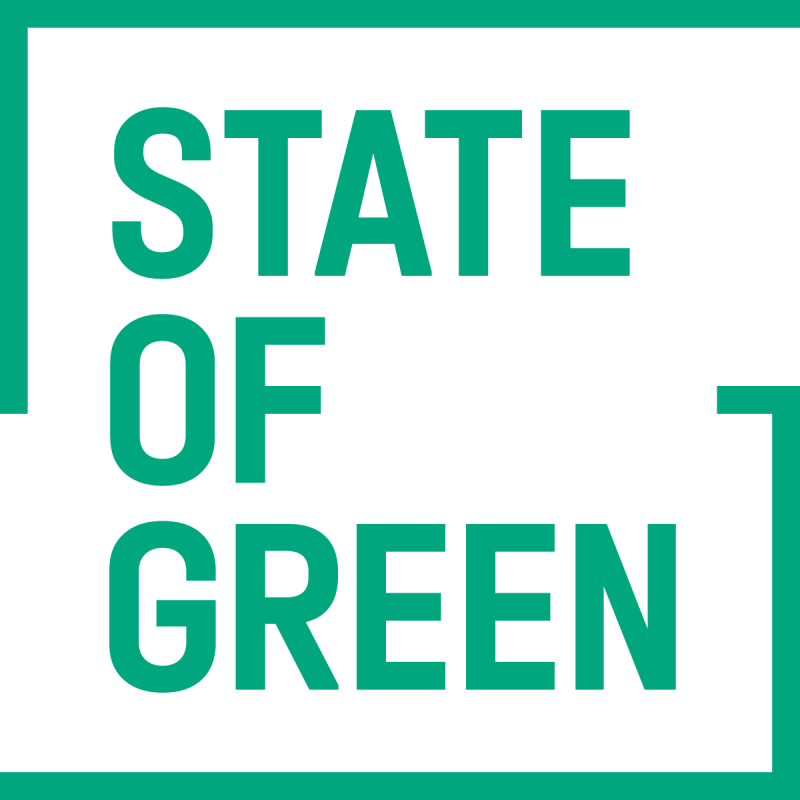Download our publication on district energy
Discover our white paper on district energy – the backbone of a flexible, resilient and efficient energy system.
Explore the publicationPerspective
District energy
Digitalisation
District heating
+2



Discover our white paper on district energy – the backbone of a flexible, resilient and efficient energy system.
Explore the publicationClear roles and responsibilities
The Danish Heat Supply Act sets out heating sector legislation and regulation. It mandates local authorities to engage in local heat planning, decide on energy infrastructures and
prioritise resources. Energy efficiency principles ensure that combined heat and power is prioritised for electricity and heat production. The local authority uses local knowledge to evaluate and decide on heating system designs and individual heating projects while relying on nationally centralised and provided policy and technical frameworks. This ensures that district heating projects are in line with the overall national ambitions for the development of the heating sector and maximise socio-economic benefits.
Planning heat infrastructures
The benefits of district heating networks, like other infrastructures, depend on economies of scale for both heat production plants and network costs. The Heat Supply Act ensures zonal planning, eventually designating specific areas for district heating and natural gas supply. This avoids ineffective parallel grids to supply heat to individual consumers. Thorough local planning creates reliable investment conditions for a technology that plays a major role in the green transition and ensures consumer protection as well as benefits for society.
Choice of heat supply based on socioeconomics
The local decision-making process is guided by standardised socio-economic cost-benefit analyses. The Danish Energy Agency provides guidelines and methodologies
for socio-economic assessment. Parameters include fuel prices, electricity prices, externality costs of emissions, interest rates and, if needed, reference technology data. Methodologically, socioeconomic analysis is done over the full life cycle, to ensure that the long-term nature of infrastructure investments is recognised along with the use of high-quality components to reduce long-term operation and maintenance costs. This forms a uniform basis for assessing the heat supply possibilities for local authorities nationwide and prevents excessive investments in district heating networks where an individual solution like heat pumps would be more viable and vice versa.
Regulation of consumer prices
The principles for setting consumer prices are mandated by the Heat Supply Act and are uniform across district heating companies. District heating companies must only charge the necessary and actual costs of producing and transporting heat to consumers, including depreciation of assets and financing costs. These should be transparently shared and published, and are overseen by the Utility Regulator
Consequently, the price of heat is not the same in all Danish district heating areas since it relies on the design of the district heating system. In practice, it also means that Danish district heating is non-profit and remains low-cost by law.

The share of renewable energy sources in the Danish heat supply has increased significantly over the past 25 years. Today, around 75 percent of Danish district heating is based on renewable energy. Certified sustainable biomass currently fuels the majority of the district heating production. In the coming decade, however, electrified heat pumps are set to aid the phase-out of biomass significantly, decreasing the reliance on imported biowaste.
solutions
Combined heat and power production
+6
solutions
Energy efficiency in buildings
+2